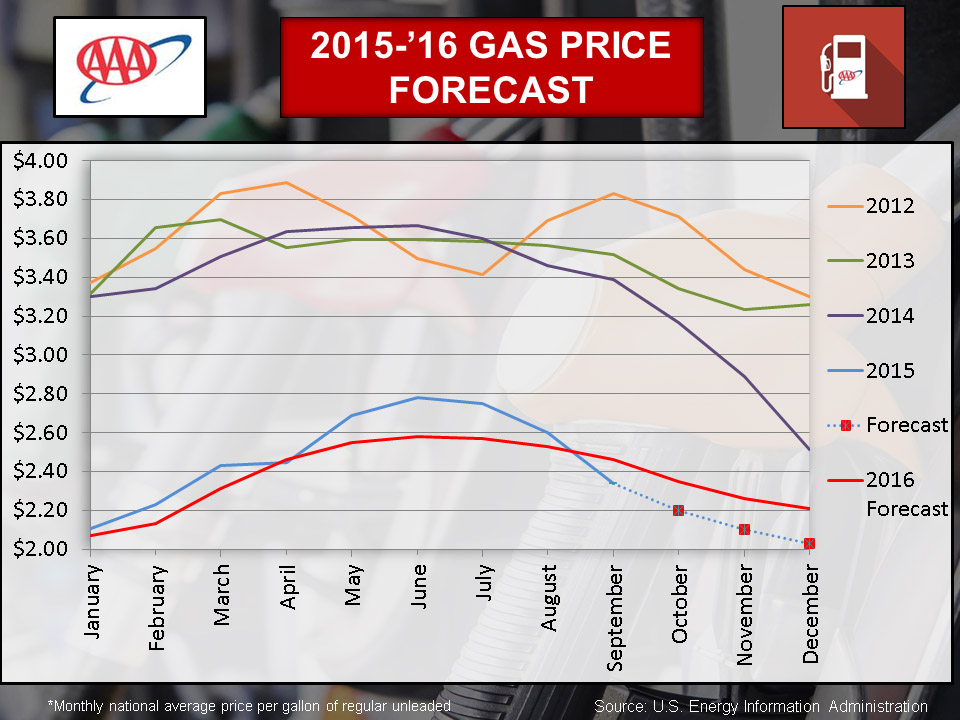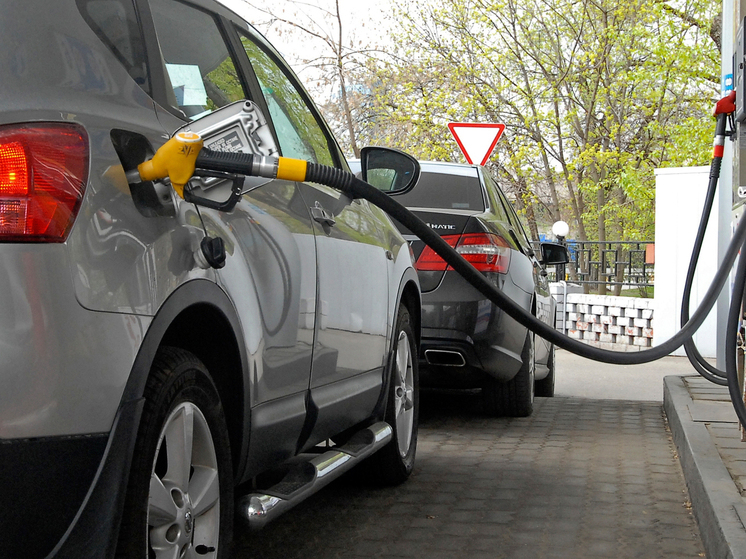
Analyzing the Impact of the Recent Fuel Export Ban on the Domestic Market.

In response to persistently high exchange prices, Russia has once again implemented a comprehensive ban on gasoline exports, effective until the end of August with a potential extension into September. This measure is crucial for stabilizing the domestic fuel market, which faces significant seasonal demand peaks due to agricultural activities and the summer holiday season. Unforeseen events, such as drone attacks causing disruptions at major airports, have also contributed to increased reliance on personal vehicles for long-distance travel, further straining fuel supplies.
The government`s stated aim for this ban is to ensure stable conditions within the domestic fuel market. Initially, the embargo applied only to non-producer entities like traders, oil depots, and smaller refineries. However, it has now been expanded to include large-scale refiners, those producing over 1 million tons of fuel annually, following a proposal from the Federal Antimonopoly Service in late June.
The recent price dynamics on the exchange market are notable: since the beginning of summer, the cost of AI-92 gasoline has climbed by 14.8%, and AI-95 by 23%. Looking at the period since January, the increases are even more significant, at 27.2% and 40.8% respectively. Remarkably, even during a week in July (July 15-21) when Russia experienced deflation of 0.05% for the first time this year, gasoline prices still rose by 0.3%. This trend occurs despite strict government regulation of retail fuel prices at gas stations, which typically prevents sudden spikes.
Vasily Girya, CEO of GIS Mining, views the export ban as a proactive measure designed to control wholesale prices and prevent shortages during peak seasonal demand. He emphasizes its particular relevance during active agricultural work, a period when the fuel market typically experiences increased strain. Girya notes that recent weeks have seen wholesale prices for AI-92 and AI-95 approach levels that would trigger an automatic nullification of the «damper» mechanism – a government subsidy compensating oil companies for domestic supplies. This situation makes exporting gasoline more financially appealing for producers than selling it to Russian consumers. Rising excise taxes since the beginning of the year also contribute to increased production costs.
Regarding potential risks to retail prices in August, the situation`s development and the effectiveness of the embargo will be key. Girya suggests that if the domestic market receives sufficient fuel volumes and exchange prices stabilize, retail prices at gas stations should remain manageable. However, he warns that if underlying systemic issues – such as escalating costs, reduced refining capacities, and diminishing margins due to the damper mechanism – are not addressed, price pressures could intensify significantly in the autumn, mirroring the situation observed in 2023.
Alexey Ivanov, head of Alliance Trucks, points out that export restrictions facilitate the redistribution of fuel within the country, helping to smooth out seasonal demand fluctuations and contain wholesale prices, particularly during peak agricultural consumption and holiday periods. He explains that the summer months consistently pose challenges for Russia`s gasoline market due to heightened demand from farmers, increased logistical burdens, and greater private vehicle use. Ongoing difficulties with refinery modernization, issues with supplying remote regions, as well as fluctuating oil prices and the ruble exchange rate, also play significant roles. Ivanov asserts that, contrary to popular belief, these export limitations actively contribute to stabilizing the market.
Nikita Maslennikov, a leading expert at the Center for Political Technologies, highlights that many oil refineries are still undergoing planned maintenance and capacity modernization, with work unlikely to conclude before mid-September. Elevated demand for automotive fuel is further compounded by the holiday season, recurrent disruptions in air travel, overloaded southern railway routes, and high ticket prices for planes and trains. If individuals have the option to travel by personal car, they will often choose to do so, leading to price increases for both high-octane gasoline and diesel. Additionally, August marks the beginning of the harvest campaign, traditionally boosting demand for diesel fuel for agricultural machinery.
According to Maslennikov, the primary risks in the retail sector are not so much related to price increases for gasoline but rather to potential shortages. He states that car owners in various regions are increasingly reporting the absence of AI-95 at gas stations.











